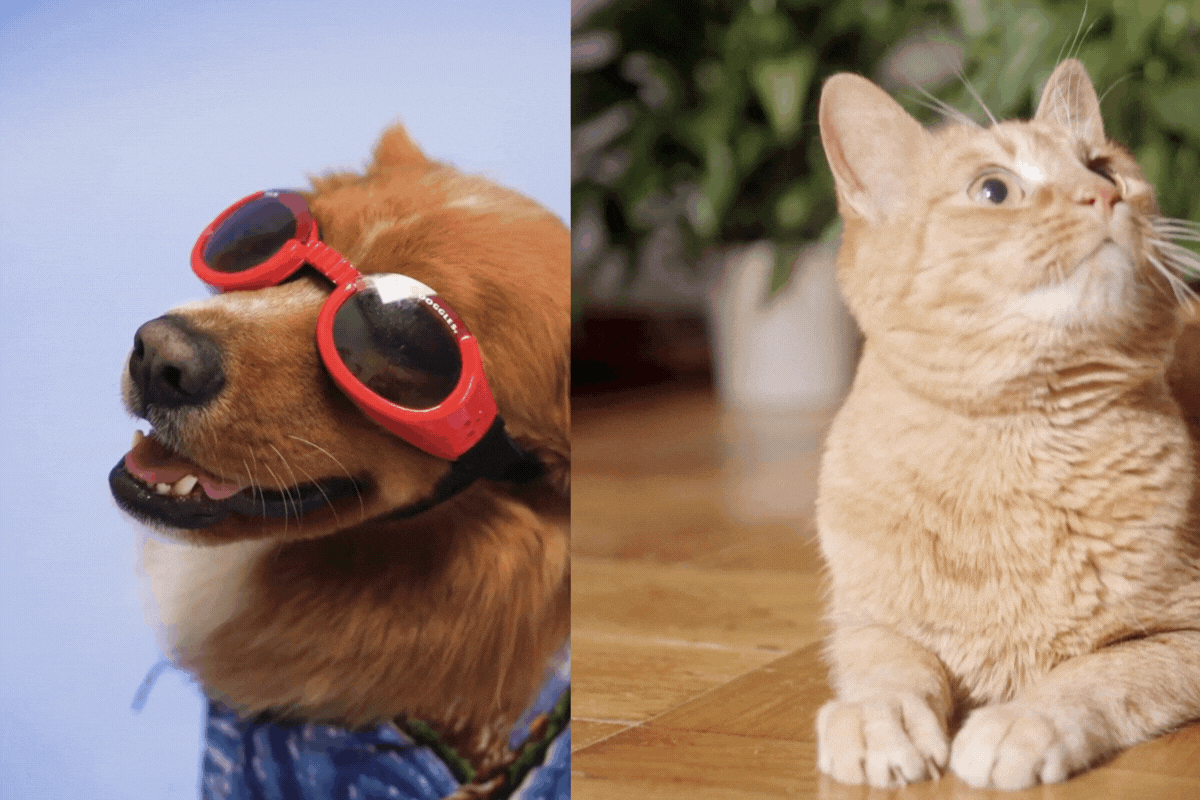“What essential oils are safe for cats and dogs?” has become a pressing query for conscientious pet parents. In recent years, the use of essential oils has seen a remarkable surge in popularity among health and wellness enthusiasts. This trend has extended beyond human application, finding its way into the realm of pet care. Pet owners across the globe are now exploring the potential benefits of essential oils for their furry companions, seeking natural remedies for common ailments, stress relief, and even pest repellence. However, this newfound interest brings with it a wave of concerns and questions, particularly about safety.
The appeal of essential oils lies in their natural composition, believed to offer a plethora of health benefits without the side effects often associated with synthetic medications. From lavender’s calming properties to peppermint’s invigorating scent, the range of effects is as diverse as the oils themselves. However, not all essential oils are created equal, especially when it comes to our pets. Dogs and cats process scents, chemicals, and even natural products differently than humans do, making it crucial to approach essential oil use with caution and informed knowledge.
A researched guidance on which essential oils are deemed safe for dogs and cats..
– Elena
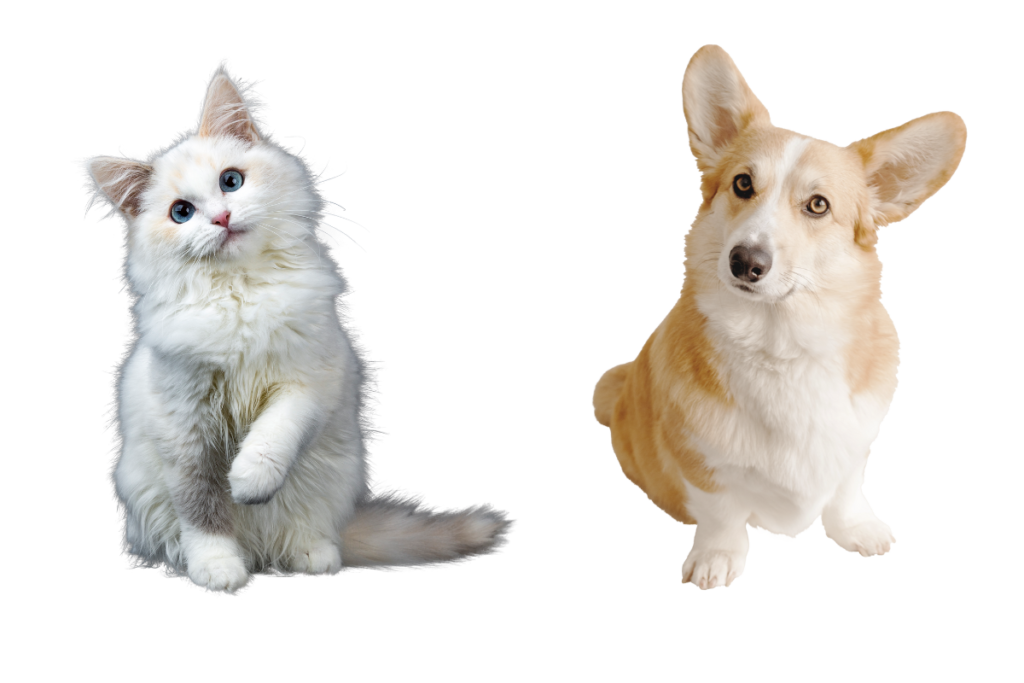
Understanding Essential Oils
Essential oils are highly concentrated natural oils extracted from plants, capturing their scents, flavors, and therapeutic properties. They are obtained through distillation (via steam and/or water) or mechanical methods, such as cold pressing. Once the aromatic chemicals have been extracted, they are combined with a carrier oil to create a product ready for use. The appeal of essential oils lies in their versatility, being utilized for everything from aromatherapy and personal care to natural remedies for health issues.
In the context of pet care, essential oils have garnered attention for their potential to naturally enhance well-being. For example, lavender is famed for its calming effects, which can be beneficial for anxious pets, while eucalyptus might be used for its respiratory benefits. However, the potent nature of these oils means they must be used with caution, especially around cats and dogs, who have different metabolisms and sensitivities compared to humans.
Cats, in particular, lack an essential enzyme in their liver that helps metabolize and eliminate certain compounds found in essential oils, making them more susceptible to toxicity. Dogs, while somewhat more tolerant, can still suffer adverse effects from improper use. This underscores the importance of not only choosing the right oils but also understanding how to use them safely.
Key to safe use is knowledge about which specific essential oils are safe for cats and dogs, how to dilute them properly, and the most appropriate methods of application. Recognizing the signs of essential oil toxicity is also crucial for pet owners. Symptoms can range from drooling, vomiting, and diarrhea to more severe signs like tremors, respiratory distress, and even liver failure.
Best Essential Oils for Cats
Given cats’ heightened sensitivity, identifying “What essential oils are safe for cats and dogs?” becomes even more critical for feline owners. While the list is shorter due to their particular sensitivities, a few essential oils can be safely used around cats with strict precautions:
Our Top Pick For Essential Oils For Cats:
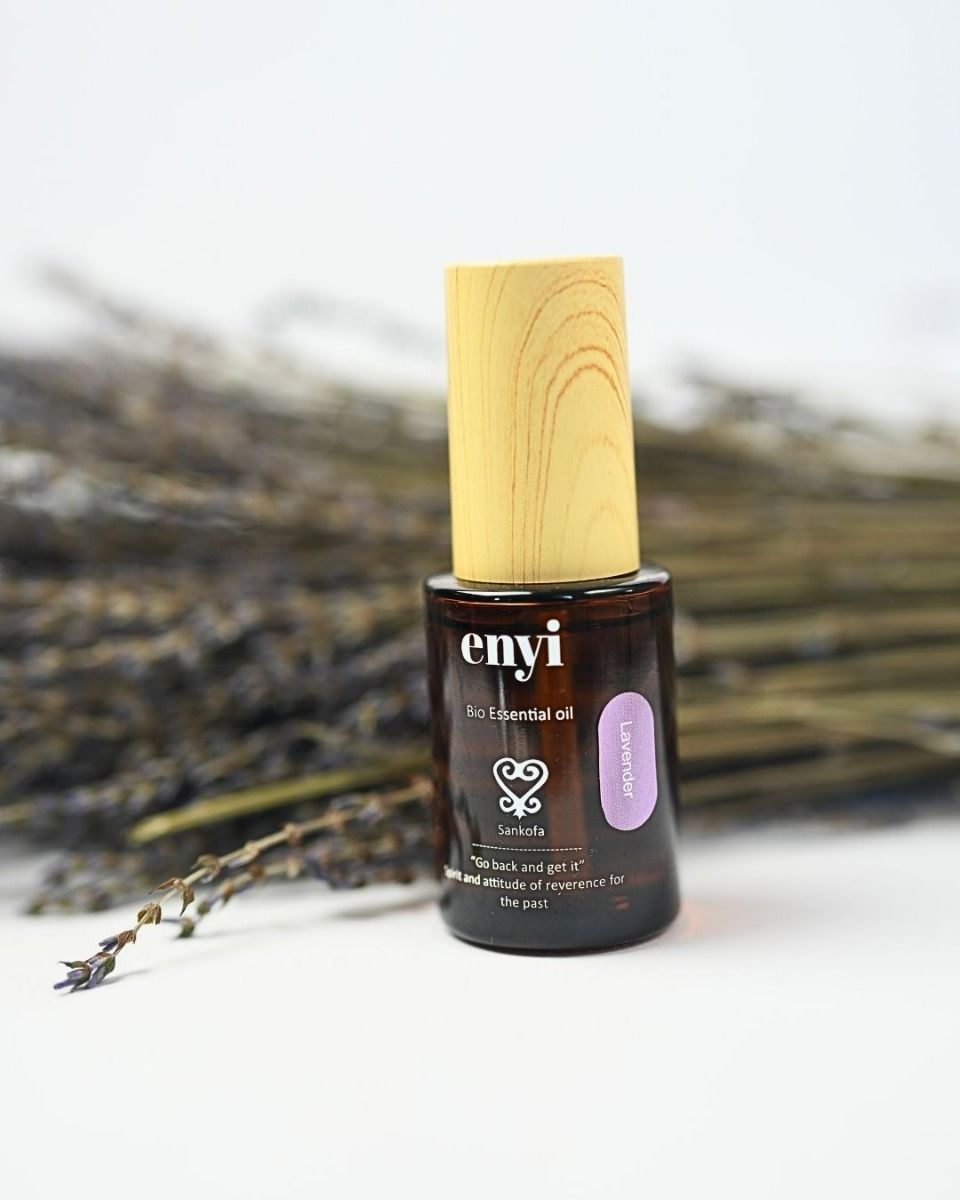
Lavender
The use of diffusers, if considered, should be monitored closely to prevent potential exposure to airborne droplets that could harm your cat.
Note
It’s crucial to emphasize that essential oils must be used with extreme caution around cats, avoiding any methods that could lead to ingestion or direct inhalation.
Best Essential Oils for Dogs
In addressing “What essential oils are safe for cats and dogs?”, it’s essential to distinguish between those suitable for dogs, considering their specific needs and tolerances. Among the safe and best options for dogs, we find:
Our Top Picks For Essential Oils For Dogs Are:
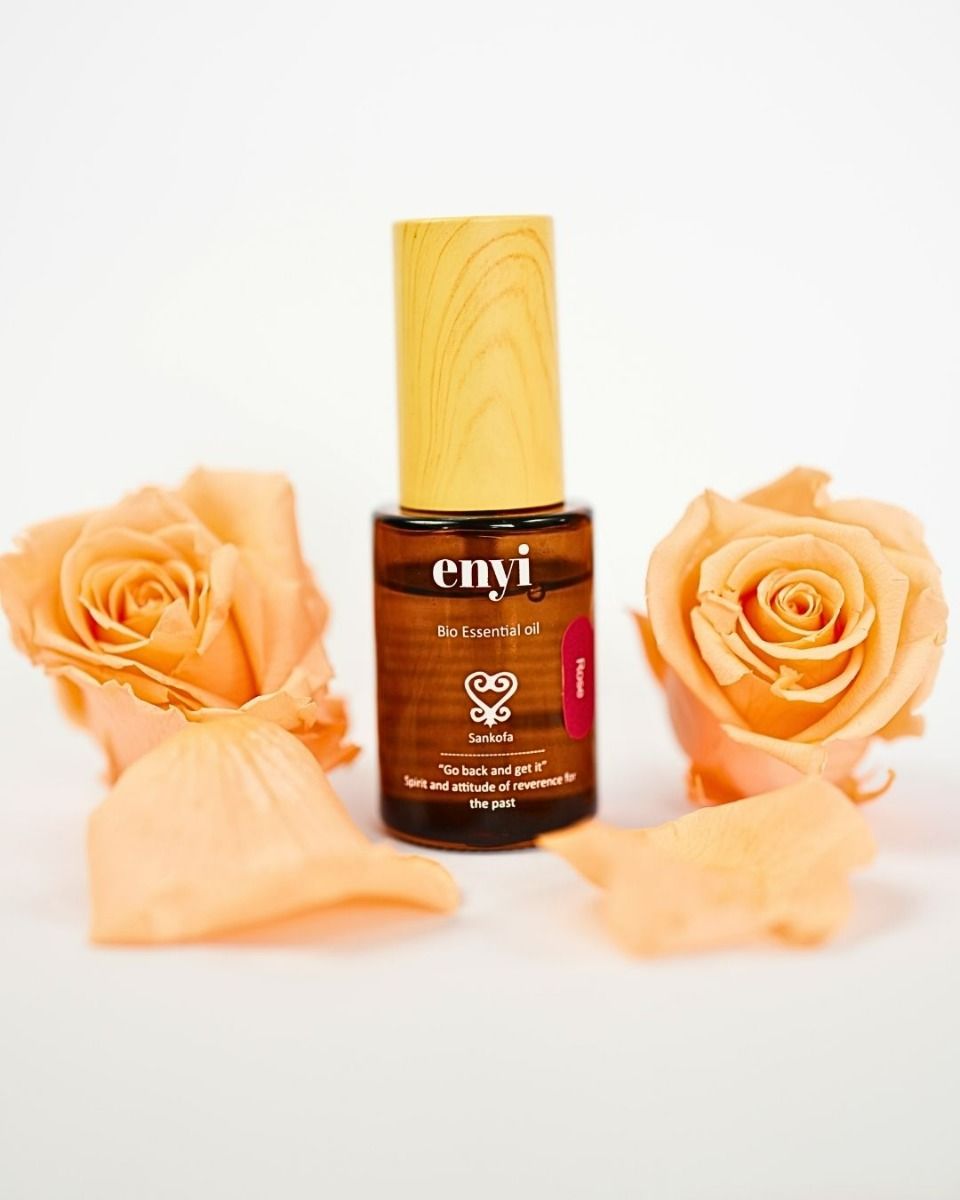
Rose Essential Oil
Add a few drops to a diffuser to fill your space with a calming and uplifting aroma, aiding in stress relief and mood enhancement.
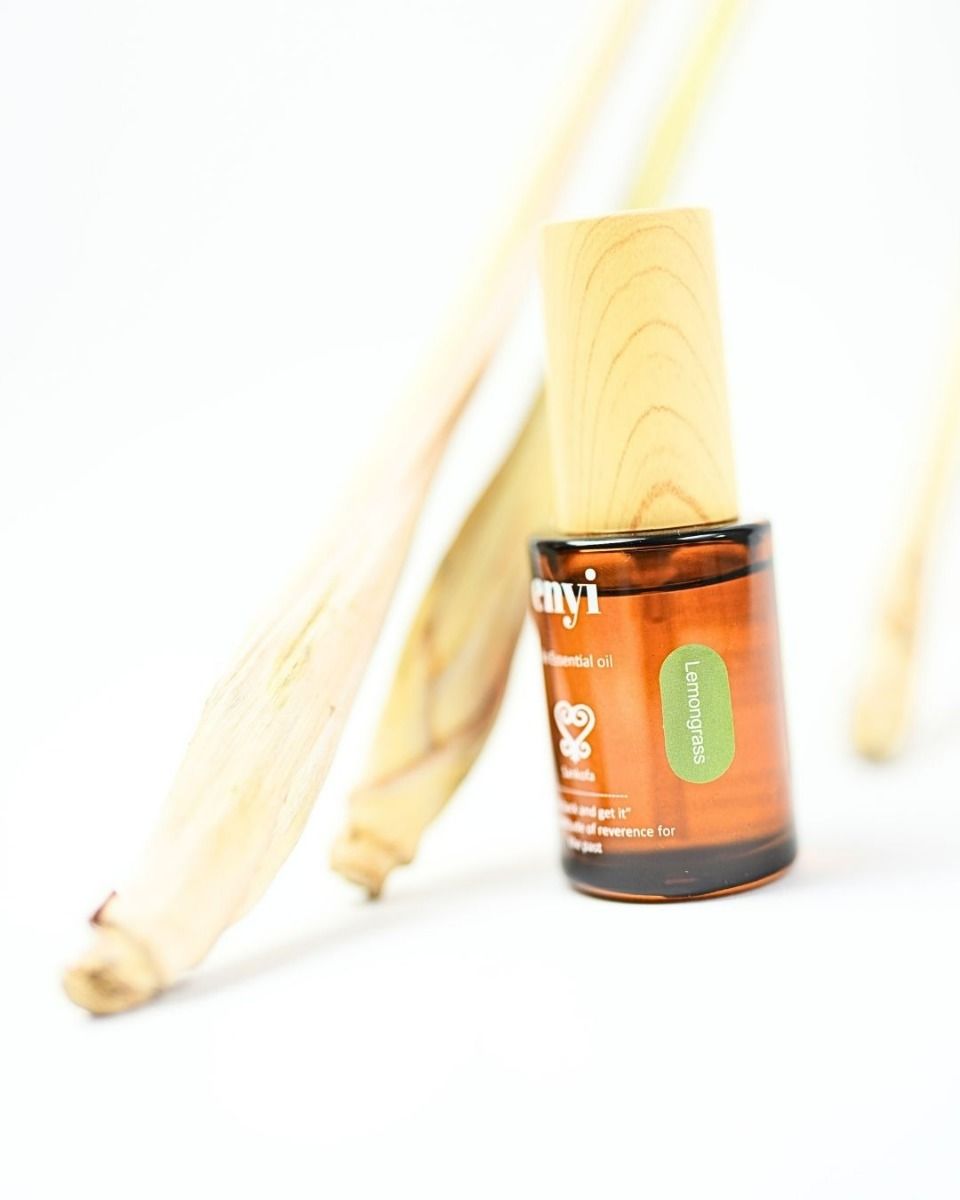
Lemongrass Essential Oil
Experience the refreshing and invigorating qualities of enyi Lemongrass Essential Oil. Distilled from the finest lemongrass, this oil is a burst of citrusy freshness, ideal for reinvigorating your mind and body.
Note
Adherence to safety guidelines, such as proper dilution and consulting with a veterinarian before use, is critical when introducing these oils into your dog’s regimen.
Why Safety Matters with Essential Oils for Pets
The crux of safely using essential oils around pets hinges on understanding their unique physiological makeup. Unlike humans, pets have more sensitive senses of smell and different metabolic processes, making them more vulnerable to the compounds found in essential oils. This difference is why pet owners must ask, “What essential oils are safe for cats and dogs?” before introducing these products into their home environment.
The liver plays a critical role in how a pet processes essential oils. Cats, for example, have a limited ability to metabolize certain chemicals present in essential oils due to a lack of specific liver enzymes. Dogs, while not as sensitive as cats, can still suffer from essential oil toxicity if exposed to high concentrations or if oils are used improperly. Symptoms of toxicity in pets can vary but may include lethargy, difficulty breathing, drooling, muscle tremors, and even liver failure.

Safety also extends beyond choosing the right oils; it involves understanding the proper dilution ratios and application methods. For instance, essential oils should never be applied to a pet’s skin without being properly diluted in a carrier oil. Moreover, the method of dispersing essential oils in the home—such as through diffusers—can pose risks, especially for cats who may inhale or ingest harmful droplets.
The emphasis on safety underlines the necessity for pet owners to conduct thorough research or consult with a veterinarian before incorporating essential oils into their pet care routine. By prioritizing safety, pet owners can ensure they are using essential oils in a way that brings benefits rather than harm to their furry family members.
How to Use Essential Oils Safely with Dogs and Cats
Understanding “what essential oils are safe for cats and dogs” is just the first step; knowing how to use them safely is equally important. Here are guidelines to ensure the safe application of essential oils around your pets:
- Dilution is Key: Essential oils must be diluted properly before use. A general guideline for dogs is to use a dilution ratio of 0.5% to 1%, which translates to about 3 to 6 drops of essential oil per ounce of carrier oil. For cats, the dilution should be even more conservative due to their increased sensitivity, with a recommended ratio of 0.25% or less.
- Choose the Right Carrier Oil: Carrier oils, such as coconut oil, olive oil, or sweet almond oil, are safe for pets and can be used to dilute essential oils for topical application.
- Avoid Sensitive Areas: Never apply essential oils, even when diluted, to your pet’s face, ears, nose, or genital areas.
- Diffusion: When diffusing essential oils in spaces shared with pets, ensure the room is well-ventilated. Keep diffusing sessions short (15-20 minutes) and always provide an escape route so your pet can leave if they become uncomfortable.
- Observation: Watch your pet’s behavior closely after introducing essential oils. Signs of discomfort or distress may indicate that the oil is not suitable for them.
- Consultation: Before introducing any essential oils to your pet’s routine, consult with a veterinarian, especially if your pet has a history of respiratory issues or other health concerns.
By following these guidelines, pet owners can create a safe environment when exploring the benefits of essential oils. Whether it’s using lavender to help calm a nervous dog or a cedarwood hydrosol to repel pests from a cat, the key is always to proceed with caution, respect, and informed knowledge.

Quality Essential Oils Diffuser
Add a few drops of your chosen essential oil or oil blend to the water. The amount can vary based on your scent preference and the size of the room.
Risks and Symptoms of Toxicity in Pets
Despite our best efforts to use essential oils safely, accidents can happen. Knowing the risks and recognizing the symptoms of toxicity can help pet owners act quickly should their pet react adversely. Symptoms of essential oil toxicity in pets include:
If you suspect your pet has been exposed to toxic amounts of essential oils, contact your veterinarian or an emergency pet poison hotline immediately. Prompt action is crucial to ensuring the well-being of your pet.

Frequently Asked Questions
What essential oils are safe for cats and dogs?
Safe essential oils for dogs include lavender, chamomile, frankincense, cedarwood, lemongrass, and rose, all properly diluted. For cats, safer options include highly diluted frankincense, helichrysum, and lavender and cedarwood hydrosols.
How can I tell if an essential oil is harming my pet?
Watch for signs of discomfort or distress, such as drooling, vomiting, difficulty breathing, lethargy, or changes in behavior. If you notice any of these symptoms, discontinue use immediately and consult a veterinarian.
Can I use diffusers around my pets?
Yes, but with caution. Ensure the room is well-ventilated and limit the diffusion time to 15-20 minutes. Always provide a way for your pet to leave the room if they wish.
How often can I apply essential oils to my pets?
Frequency should be minimal and guided by the specific need and the advice of a veterinarian. For therapeutic uses, once or twice a week may be sufficient, but always observe your pet’s reaction.
What should I do if my pet ingests essential oils?
If your pet ingests any amount of essential oil, contact your veterinarian or an emergency pet poison control center immediately. Do not induce vomiting unless instructed by a professional.
Consulting with a Vet: When and Why
It’s crucial to consult with a veterinarian before introducing essential oils into your pet’s care regimen. A vet can provide personalized advice based on your pet’s health history, breed, and current medications. This consultation is particularly important for pets with existing health conditions, as essential oils can interact with medications or exacerbate certain health issues.
Veterinarians can also offer guidance on the safest methods for applying essential oils and recommend reputable brands that produce high-quality, pure essential oils. Their expertise ensures that you are making informed decisions about integrating essential oils into your pet’s lifestyle in a way that promotes their health and wellbeing.
DIY Pet-Safe Essential Oil Recipes
Creating your own pet-safe essential oil blends allows you to tailor aromatherapy solutions to your pet’s specific needs, ensuring that you know exactly what’s in the products you’re using. Here are a couple of simple recipes to get started, always remembering to consult with your vet first and to test a small amount on your pet for any adverse reactions.
Calming Blend for Dogs:
- 1 oz carrier oil (such as coconut oil)
- 3 drops lavender essential oil
- 2 drops chamomile essential oil
Mix the essential oils with the carrier oil and apply a small amount to the palms of your hands, gently rubbing over your dog’s back or on their bedding.
Flea and Tick Repellent Spray for Cats (Hydrosol-Based):
- 4 oz cedarwood hydrosol
- 4 oz water
Combine the ingredients in a spray bottle and lightly mist your cat’s bedding or spray onto a cloth and gently rub over their fur. Avoid spraying directly on the cat and do not allow them to ingest it.
Choosing the Right Essential Oils Brand for Your Pets
The market is flooded with essential oils, but not all are created equal. When selecting essential oils for use around pets, look for brands that:
- Are 100% pure and natural, with no added synthetic ingredients. Example is the enyi essential oils
- Provide clear information on the source and extraction method of the oil.
- Offer organic options, reducing the risk of pesticide exposure.
- Have transparent testing and quality assurance practices.
Reputable brands are more likely to produce oils that are safe and effective for use around pets, ensuring that you’re providing the best care possible for your furry family members.

Integrating Essential Oils into Your Pet’s Wellness Routine
Introducing essential oils into your pet’s care should be done gradually and with close observation. Start with a low concentration and limited exposure to see how your pet reacts. It’s also beneficial to alternate the types of oils used and to have essential oil-free days to prevent overexposure.
Remember, the goal of using essential oils is to enhance your pet’s well-being, not to overwhelm them. Observing your pet’s reactions and adjusting accordingly is key to a successful integration of essential oils into their wellness routine.
The Do’s and Don’ts of Using Essential Oils with Pets
Do’s:
- Do consult with a veterinarian before introducing any essential oils into your pet’s routine, especially if they have existing health conditions.
- Do use essential oils sparingly and diluted, understanding that less is more when it comes to pets.
- Do observe your pet’s reaction to essential oils, looking out for any signs of distress or discomfort.
Don’ts:
- Don’t assume all essential oils are safe for pets. Research and verify before use.
- Don’t use essential oils in close proximity to your pet’s face or sensitive areas.
- Don’t leave diffusers running in enclosed spaces with pets without ventilation or an escape route.
Alternative Natural Remedies for Pets
If you’re hesitant about using essential oils or if your pet has shown sensitivity, there are alternative natural remedies to consider. Herbal supplements, acupuncture, and massage therapy can offer similar benefits for stress relief, joint health, and overall well-being without the risks associated with essential oils. Always discuss these alternatives with a veterinarian to determine the best fit for your pet’s needs.
Expert Insights: Veterinarians Speak on Essential Oils and Pet Safety
Many veterinarians advocate for cautious, informed use of essential oils around pets. They emphasize the importance of choosing the right oils and using them correctly to avoid adverse effects. Veterinarians also highlight that while essential oils can offer benefits, they should not replace conventional treatments for serious health issues. Seeking professional advice is crucial to safely integrating essential oils into your pet’s care plan.
Conclusion
The journey to understanding “what essential oils are safe for cats and dogs?” requires careful consideration, research, and professional guidance. While essential oils can enhance your pet’s quality of life when used correctly, their well-being should always come first. By adhering to the guidelines discussed, consulting with a veterinarian, and observing your pet’s reactions closely, you can make informed decisions about incorporating essential oils into their care. Remember, every pet is unique, and what works for one may not work for another. Proceed with caution, love, and a deep commitment to your pet’s health and happiness.


